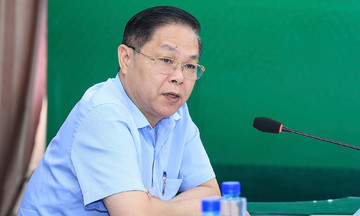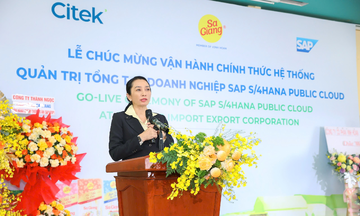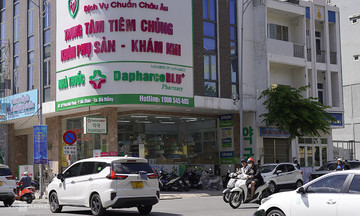The Ministry of Industry and Trade is drafting a circular regulating electricity service pricing for BESS. The draft proposes a two-part pricing mechanism, including a capacity price based on the BESS's power availability and an energy price based on the actual output supplied to the grid.
This mechanism is similar to the pumped hydroelectricity model, aiming for transparency, openness, safe operation support, and enhanced power system efficiency. According to the adjusted Power Development Plan VIII, concentrated solar power projects must install battery storage with a minimum capacity of 10%, accumulating over two hours. The Ministry of Industry and Trade has already issued a circular on the electricity price framework for battery storage systems combined with renewable energy implemented by solar power plant owners.
Cost recovery methods are also in place for battery storage systems invested in by EVN's power companies as grid control tools.
However, according to the Ministry of Industry and Trade, BESS are charging and discharging systems that supply the grid when needed, helping balance loads and maintain power system stability. Due to distinct technical characteristics and functions compared to traditional power plants, concentrated BESS projects need a separate pricing mechanism.
The operator believes that the electricity pricing mechanism will attract investment in this field. The regulations aim to ensure a transparent and open electricity pricing mechanism, comply with current laws, facilitate investment attraction, support safe and efficient power system operation, and improve power quality.
Battery storage plays a crucial role with the increasing proportion of renewable energy, balancing supply and demand, reducing interruptions, supporting grid dispatch, and lowering operating costs. The adjusted Power Development Plan VIII targets 10,000-16,300 MW of battery storage capacity by 2030 and over 95,000 MW by 2050.
Phuong Dung












